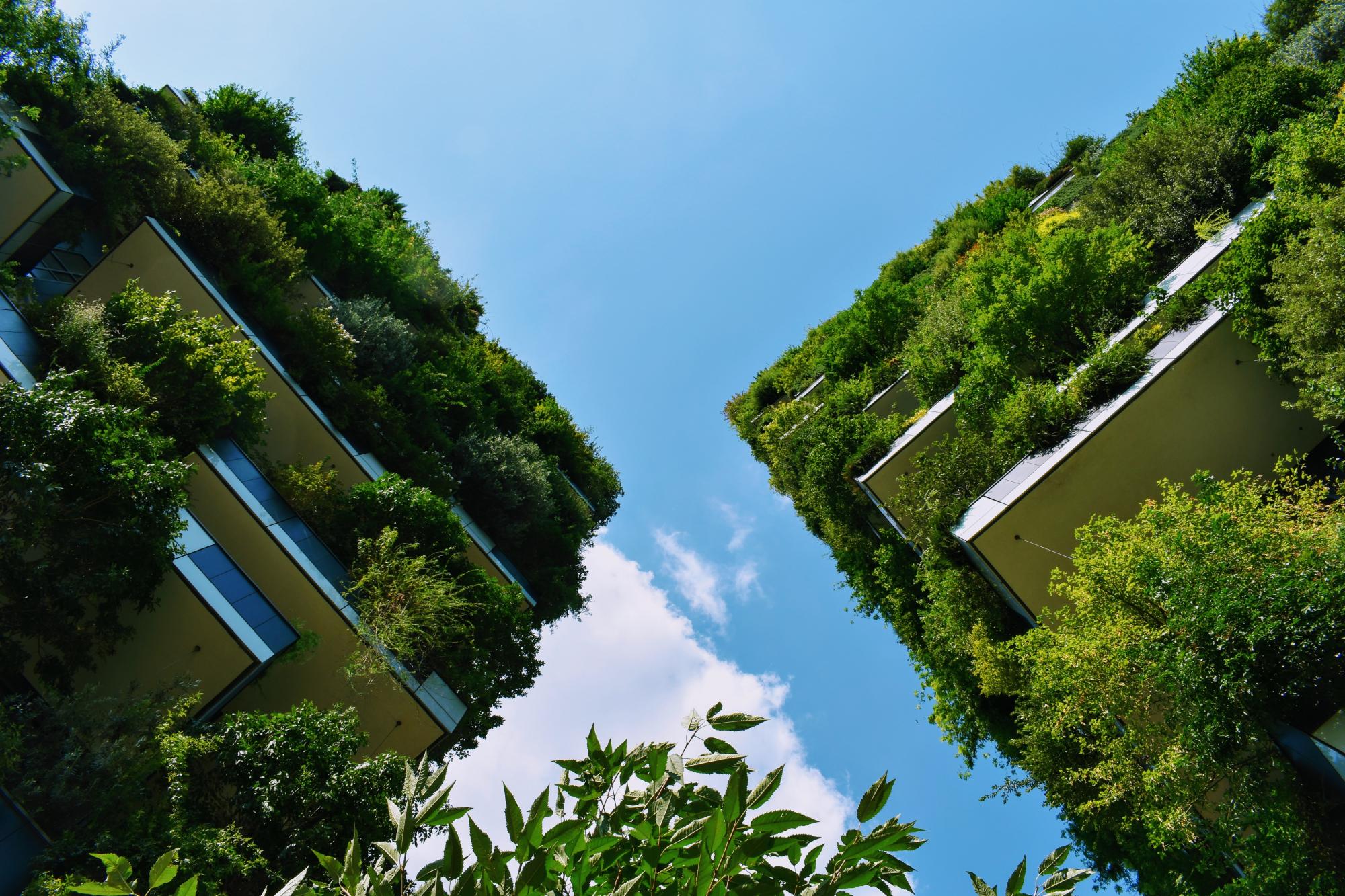The Porsuk Stream divides the city of Eskişehir into two with a green corridor running along the shores of the stream. The Porsuk Stream served provisioning services and acted as a recreational area in the first half of the 20th century, however with increased industrial activities discharging untreated wastewater into the river, rapid urbanisation in the city and other settlements, and increased fertilisers and pesticides in the groundwater originated from agricultural practices (upstream of the Porsuk River), it became highly polluted and its ecosystem degraded severely (1,2,4,5). The Organization for Security and Cooperation in Europe (OSCE) identified the stream as one of the highly dangerous rivers in terms of pollution and health, where no living beings except viruses live (1). Within the framework of the 'Eskişehir Urban Development Project' the 'Natural Disaster Loss Reduction Project (Porsuk Project)' has been initiated focusing on the ecological restoration of the stream, improving water quality, increasing the resilience of the city against natural disasters (as earthquakes and floods) while also reestablishing the stream's environmental and social role in the city (1). A network of natural infrastructure was created along the Porsuk by expanding public green spaces and link the entire corridor with a sustainable public transport network. (4,5)
Overview
Nature-based solution
- Grey infrastructure featuring greens
- Blue infrastructure
- Riverbank/Lakeside greens
- Parks and urban forests
- Green corridors and green belts
- Rivers/streams/canals/estuaries
Key challenges
- Climate action for adaptation, resilience and mitigation (SDG 13)
- Climate change adaptation
- Climate change mitigation
- Water management (SDG 6)
- Flood protection
- Improvements to water quality
- Green space, habitats and biodiversity (SDG 15)
- Habitat and biodiversity restoration
- Green space creation and/or management
- Environmental quality
- Air quality improvement
- Soil quality improvement
- Noise reduction
- Regeneration, land-use and urban development
- Regulation of built environment
- Promote natural styles of landscape design for urban development
- Health and well-being (SDG 3)
- Creation of opportunities for recreation
Focus
Project objectives
Implementation activities
Climate-focused activities
Climate change adaptation:
- Implement measures that prevent/manage desertification, soil erosion and landslides
- Increase or improve urban vegetation cover to help reduce outdoor temperature
- Restore wetlands and/or coastal ecosystems to dissipate the effects of flooding and/or storms
- Create or improve outdoor spaces to help people escape from urban heat
- Renaturalization of rivers and other water bodies
Climate change mitigation:
- Increase green urban nature for carbon storage (wetlands, tree cover)
Biodiversity conservation or restoration-focused activities
Biodiversity restoration:
- Rehabilitate and restore damaged or destroyed ecosystems
- Restore species (native, endangered, or unspecified)
Main beneficiaries
- Local government/Municipality
- Citizens or community groups
- Marginalized groups: Elderly people, People with functional diversities
Governance
Management set-up
- Government-led
Type of initiating organisation
- Local government/municipality
Participatory approaches/ community involvement
- Dissemination of information and education
Details on the roles of the organisations involved in the project
Project implemented in response to ...
Financing
Total cost
Source(s) of funding
- Public local authority budget
- Multilateral funds/international funding
Type of funding
- Direct funding (grants, subsidies, or self-financed projects by private entities)
Non-financial contribution
Impacts and Monitoring
Environmental impacts
- Climate change
- Strengthened capacity to address climate hazards/natural disasters
- Water management and blue areas
- Improved water quality
- Increased protection against flooding
- Enhanced protection and restoration of freshwater ecosystems
- Green space and habitat
- Promotion of naturalistic styles of landscape design for urban development
- Increased green space area
- Increased number of species present
Economic impacts
- Attraction of business and investment
Socio-cultural impacts
- Safety
- Improved community safety to climate-related hazards
- Social justice and cohesion
- Improved liveability
- Improved access to urban green space
- Health and wellbeing
- Gain in activities for recreation and exercise
Type of reported impacts
Presence of formal monitoring system
Presence of indicators used in reporting
Presence of monitoring/ evaluation reports
Availability of a web-based monitoring tool
References
2) Şimsek, G. (2011). River Rehabilitation With Cities In Mind: The Eskişehir Case, METU Journal of the Faculty of Agriculture, 31(1): 21-37
Accessed on October 11, 2021
3) Porsuk 1-2 - Kentsel Dönüsüm ve Gelisim Projesi. (n.a.). Proje. Accessed on October 11, 2021, Source link
4) Maassen, A., Galvin, M. (2018). 5 Cities Show What Urban Transformation Really Looks Like. The City Fix. Accessed on October 11, 2021, Source link
5) World Resources Institute - Ross Center. (n.a.). Eskişehir Urban Development Project - Reinvigorating a river and a city. WRI, Accessed on October 11, 2021, Source link


